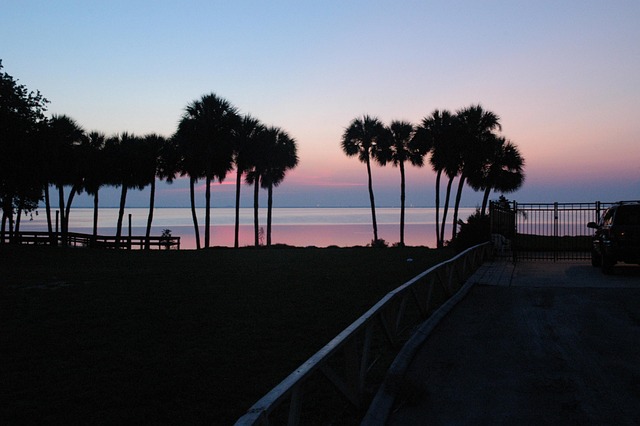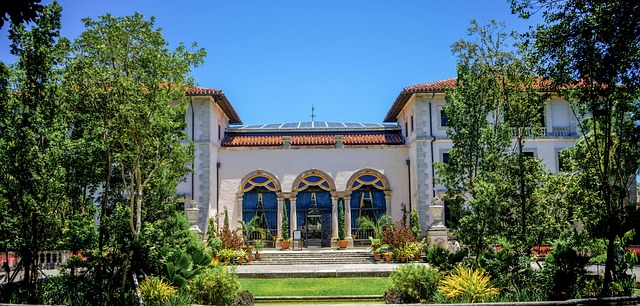Local arts galleries drive neighborhood revival by attracting diverse populations and transforming underutilized spaces into creative hubs. This cultural infusion boosts the real estate market, fosters community, and fuels local economies. Galleries are evolving with technology to enhance visitor experiences and attract wider audiences. By collaborating on revitalizing properties, they transform urban landscapes, driving economic growth and tourism. Supporting emerging artists creates vibrant spaces that drive foot traffic and stimulate local economies, improving quality of life for communities and benefitting real estate markets.
Discover how local arts and galleries are breathing new life into neighborhoods, transforming underutilized spaces into vibrant hubs of creativity. Explore the multifaceted impact of these cultural hotspots on both communities and economies. From revitalizing real estate to fostering emerging artists, this article delves into the transformative power of arts in our urban landscapes, highlighting strategies that can be replicated worldwide.
The Role of Local Arts in Revitalizing Neighborhoods
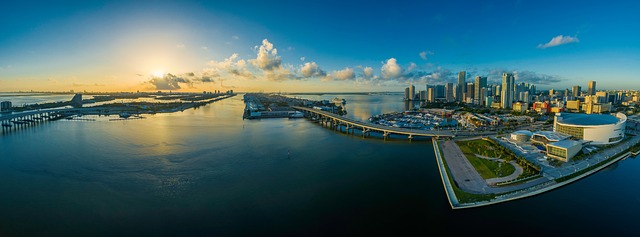
Local arts and galleries play a pivotal role in revitalizing neighborhoods, breathing new life into areas that may have been overlooked or left behind. When an artistic community flourishes, it attracts attention and draws people from all walks of life, transforming underutilized spaces into vibrant hubs of creativity and cultural exchange. This transformation has a ripple effect on the local real estate market; as the area becomes more appealing, property values tend to rise, attracting investors and new residents alike.
The presence of arts venues also fosters a strong sense of community, encouraging interaction and collaboration among artists, businesses, and locals. This sense of belonging can lead to increased foot traffic, with people flocking to the neighborhood not just for art but for dining, shopping, and other amenities. As a result, local economies thrive, and neighborhoods become more desirable places to live, work, and play, creating a positive feedback loop that further strengthens the community’s resilience and sustainability.
How Galleries are Transforming Real Estate Spaces
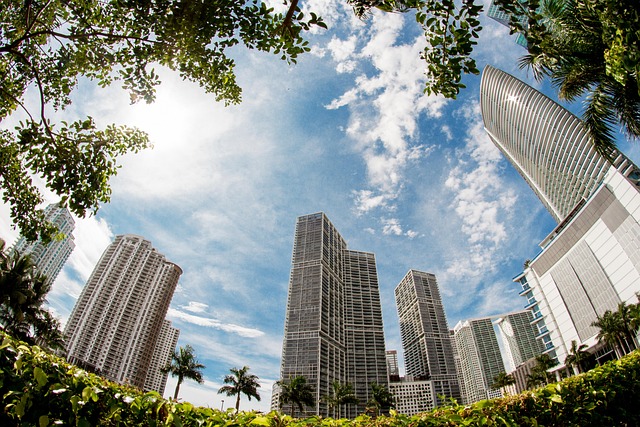
Galleries are no longer merely spaces for displaying art; they are transforming into vibrant hubs that revolutionize real estate. In today’s digital age, arts venues are integrating technology to enhance visitor experiences, attracting a diverse crowd and fostering community engagement. Interactive installations, virtual reality exhibitions, and multimedia presentations are becoming commonplace, redefining how we perceive and interact with both art and space.
This evolution extends beyond the artistic realm, as galleries collaborate with local businesses and developers to breathe new life into outdated or underutilized real estate. By converting industrial spaces, warehouses, and even historic buildings into contemporary art havens, these establishments are revitalizing urban landscapes. This trend not only adds cultural value to neighborhoods but also stimulates economic growth, drawing tourists, residents, and investors alike.
Supporting Emerging Artists: A Win for Communities and Economy
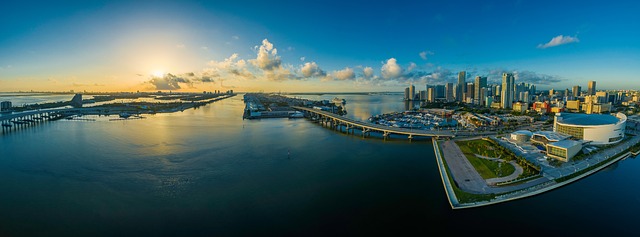
Supporting emerging artists is a powerful strategy that benefits both communities and local economies. When real estate developers and business owners collaborate with up-and-coming artists, they create vibrant spaces that attract a diverse range of visitors. This not only drives foot traffic, but also fosters a sense of community and cultural identity.
Galleries showcasing local talent can become hubs for creative expression, drawing in art enthusiasts, collectors, and curious locals alike. The economic impact is significant; these artistic endeavors can increase property values, stimulate local tourism, and even inspire other businesses to invest in similar initiatives, creating a positive cycle that enhances the overall quality of life in the area.


